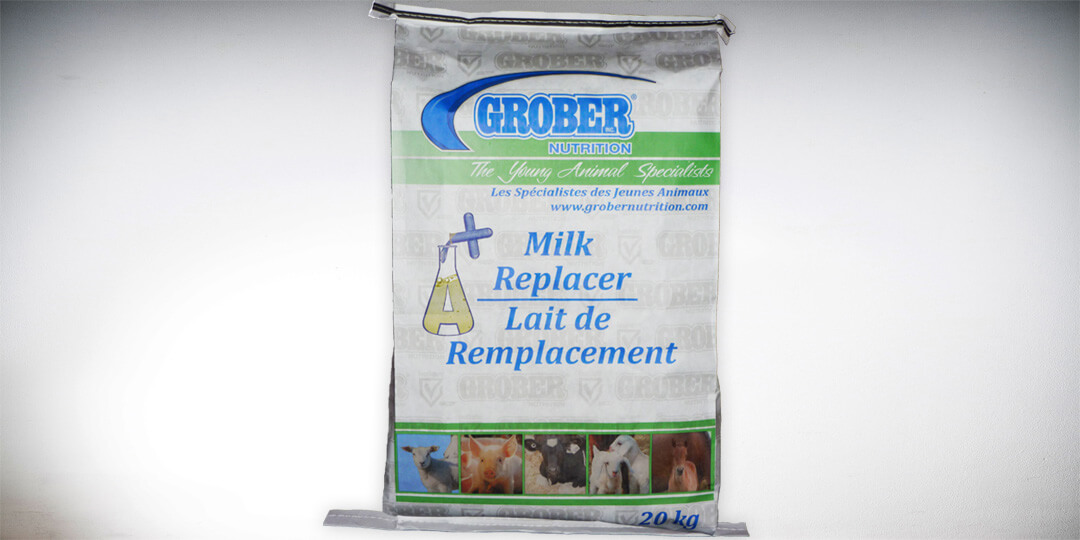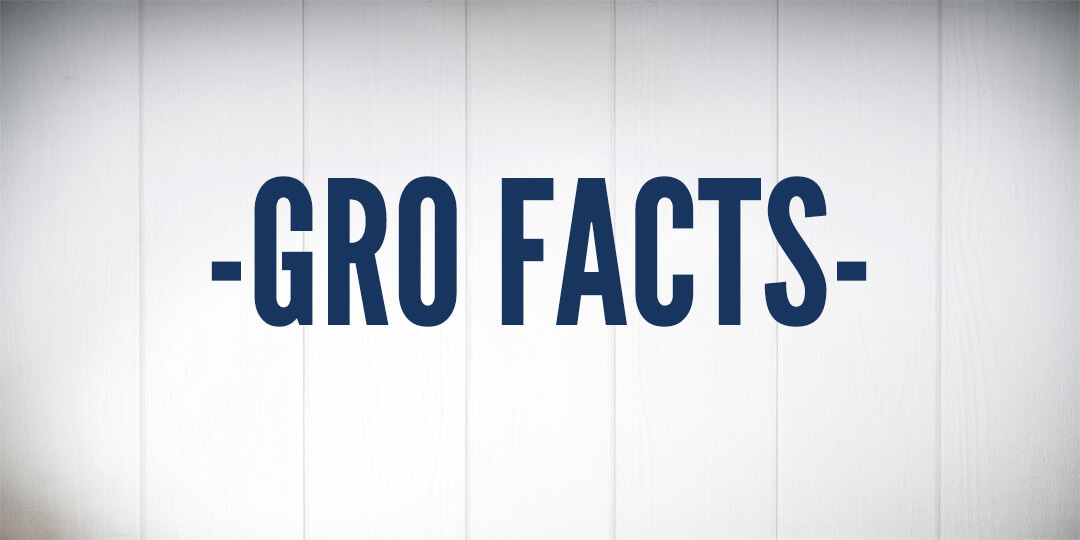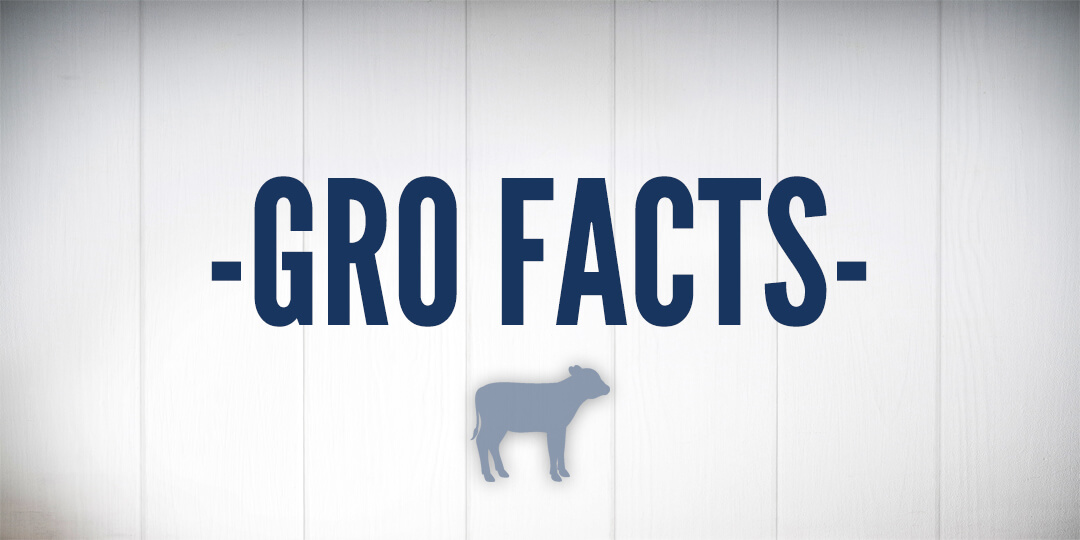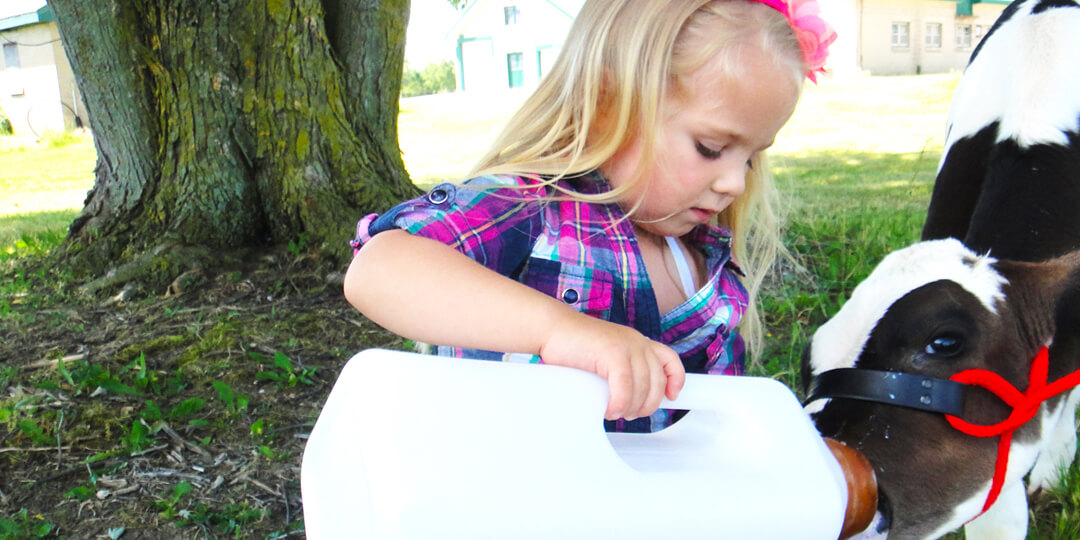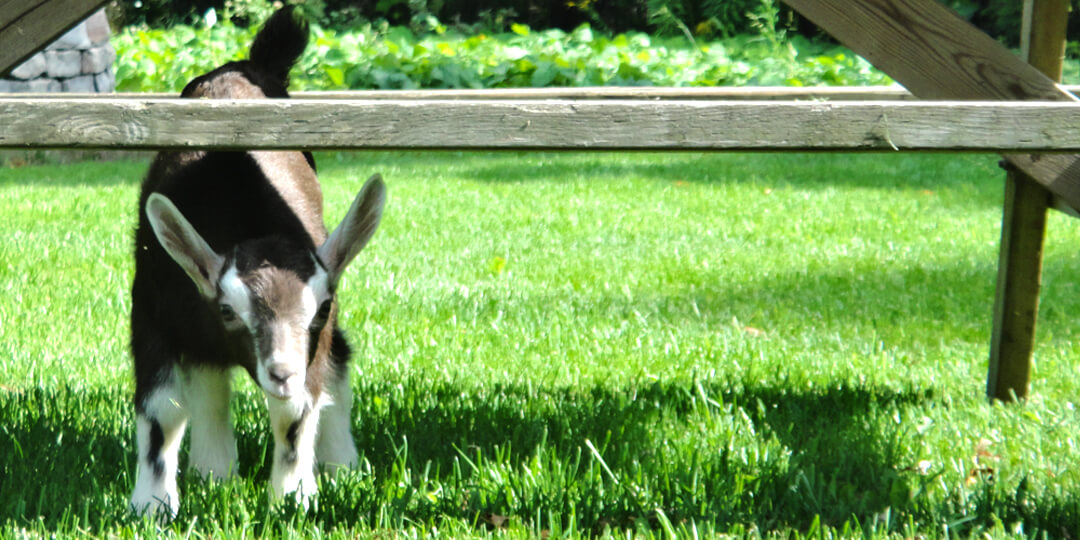-
Lamb Gro A+ – An Effective Management Tool
- Dec 02, 2013
- By Grober Nutrition
- In Canada, USA
Management strategy defines the success of lamb rearing programs. Lambs are challenged from birth with an immature immune system, and at the same time they are born with little energy reserves and programmed to grow quickly. Delivering a high quality, clean, and proper quantity of colostrum 1-2 hours of birth…
-
Cold Stressed Calves & Hypothermia
- May 21, 2013
- By Grober Nutrition
- In Canada, USA
The USDA estimates that 95,000 calves die each year of hypothermia. It may be more common in calves than is recognized and proper diagnosis, treatment and prevention are critical to calf survival. Mild Cold Stress or Hypothermia At this stage of cold stress we observe vigorous shivering. If we look…
-
Colostrum Purpose
- May 08, 2013
- By Grober Nutrition
- In Canada, USA
The dam’s colostrum has the potential to set calves up for success, so why should you consider supplementing or replacing it? There are many times when Mother Nature may fall short either in the quantity or quality of maternal colostrum, in the vigor of the newborn or in the mothering…
-
Setting the Right Feeding Program for Your Calves
- Jan 02, 2013
- By Grober Nutrition
- In Canada, USA
The Grober Young Animal Development Center opened its doors in 2009 with the mission of uncovering and presenting best rearing practices for young animals. Over the past three years, approximately 300 calves, 40 lambs and 40 kid goats have resided at our Woodstock facility for the purpose of conducting nutritional…
-
Water – The Forgotten Nutrient
- Dec 03, 2012
- By Grober Nutrition
- In Canada, USA
Water is the nutrient required in greatest quantity by young animals accounting for 70-75% of a young animal’s body weight. It is often overlooked as an essential nutrient. Water is needed daily for the transport or nutrients, the excretion of waste products (urine and faeces), the digestion of feed, the…
-
Feeding Calves According to the Season
- Nov 14, 2012
- By Grober Nutrition
- In Canada, USA
As weather gets cooler, often with large temperature swings between night and day calf feeding programs need to be adjusted. Maintenance requirements must be met for growth and development; however ensuring strong growth has been linked to improved performance (earlier breeding and increased milk yield). In order to continue with…
-
Importance of a Calf’s First Meal
- Mar 28, 2011
- By Grober Nutrition
- In Canada, USA
Colostrum is the first milk produced after a cow gives birth; it is a nutrient dense, immunoglobulin rich milk designed for the newborn calf. Delivering that milk with care is the key to ensuring that a calf’s immune system (immature at birth) starts to develop. Making certain that this first…
-
A Review of Kid Goat Nutrition
- Feb 21, 2011
- By Grober Nutrition
- In Canada, USA
Describing the pre-ruminant At birth, kid-goats are not yet functioning ruminants – the rumen develops over time. The newborn kid-goat has an omasum and abomasum that comprises 70% of their digestive system compared to the adult goat where the rumen and reticulum make up 70% of their digestive system (Figure…
-
Feeding Jersey Calves
- Feb 09, 2011
- By Grober Nutrition
- In Canada, USA
General Recommendations: Always feed colostrum, the more the calf gets before 6 hours of birth the better o Aim for 4 litres/quarts within 6 hours and then another 2 litres/quarts before 24 hours o Colostrum can be fed for several days and there is some evidence that colostrum after 24…
-
Optimizing Your Calf Feeding Program
- Nov 02, 2010
- By Grober Nutrition
- In Canada, USA
The terms accelerated and enhanced have been used over the past 15 years to describe an increased plane of nutrition in calves. However, calves require that increased nutrition in order to optimize growth. Moreover, production objectives such as: decreasing age at first breeding, improving health status, and ultimately building a…
-
Automatic Calf Feeders & Group Housing
- Dec 14, 2009
- By Grober Nutrition
- In Canada, USA
Principles and Experience Producers have traditionally raised calves in individual pens or hutches. This rearing system has had advantages of individual feeding, observation and reduced risk of cross-contamination. It is however, still labour intensive. Dairy cattle are naturally group-living animals. Group-housed calves can enjoy an early social interaction and learn…
-
Grain Veal Typical Growth
- Mar 31, 2009
- By Grober Nutrition
- In Canada, USA
The aim of beef production is to produce a high quality product with maximum efficiency. Factors that affect the carcass composition and carcass yield are: Weight and age Genotype Gender Growth rate and nutrition Conformation A typical growth curve involves a self-accelerating phase of weight increase from birth to puberty…
©2016 Grober Nutrition. All Rights Reserved.


